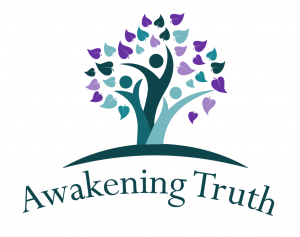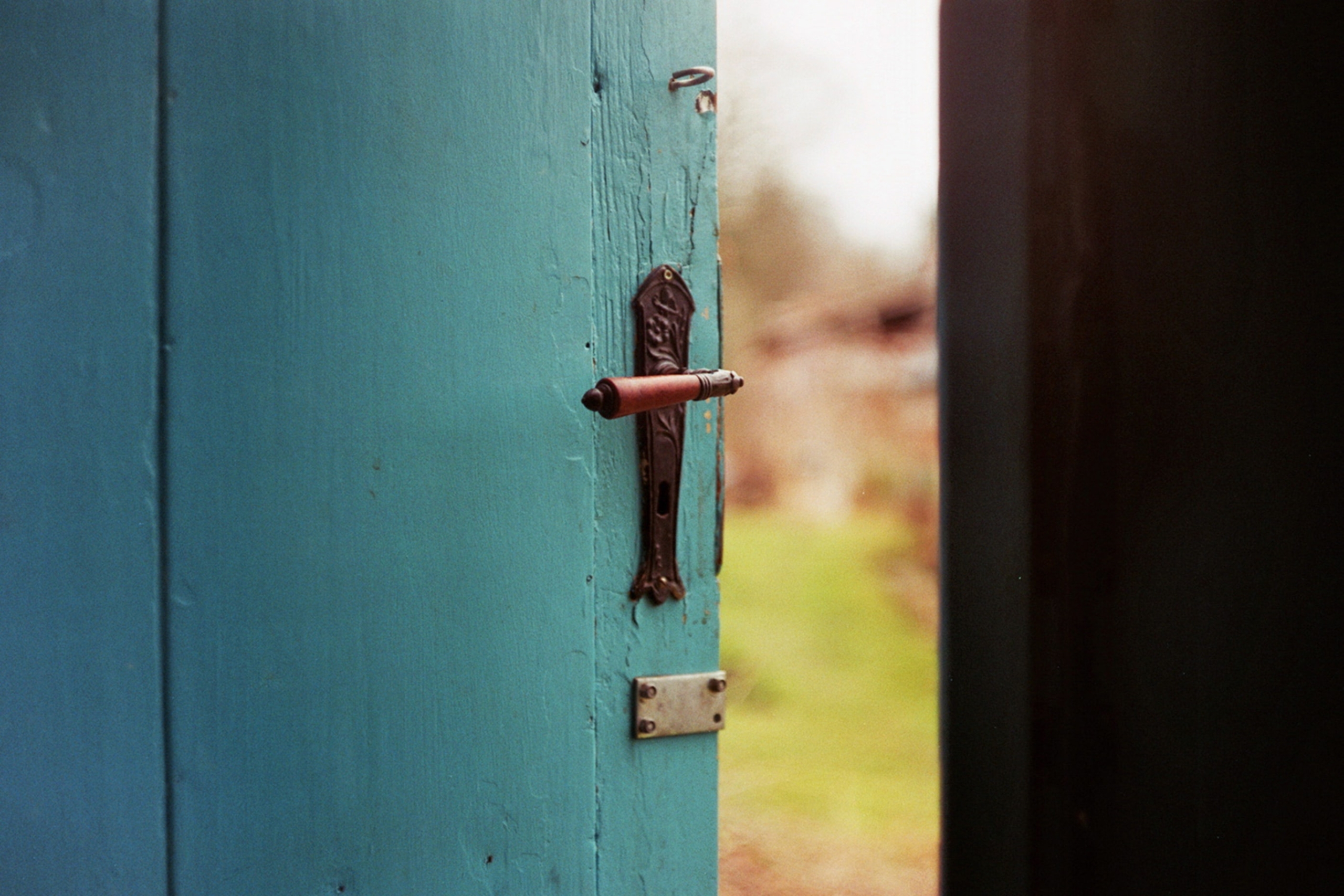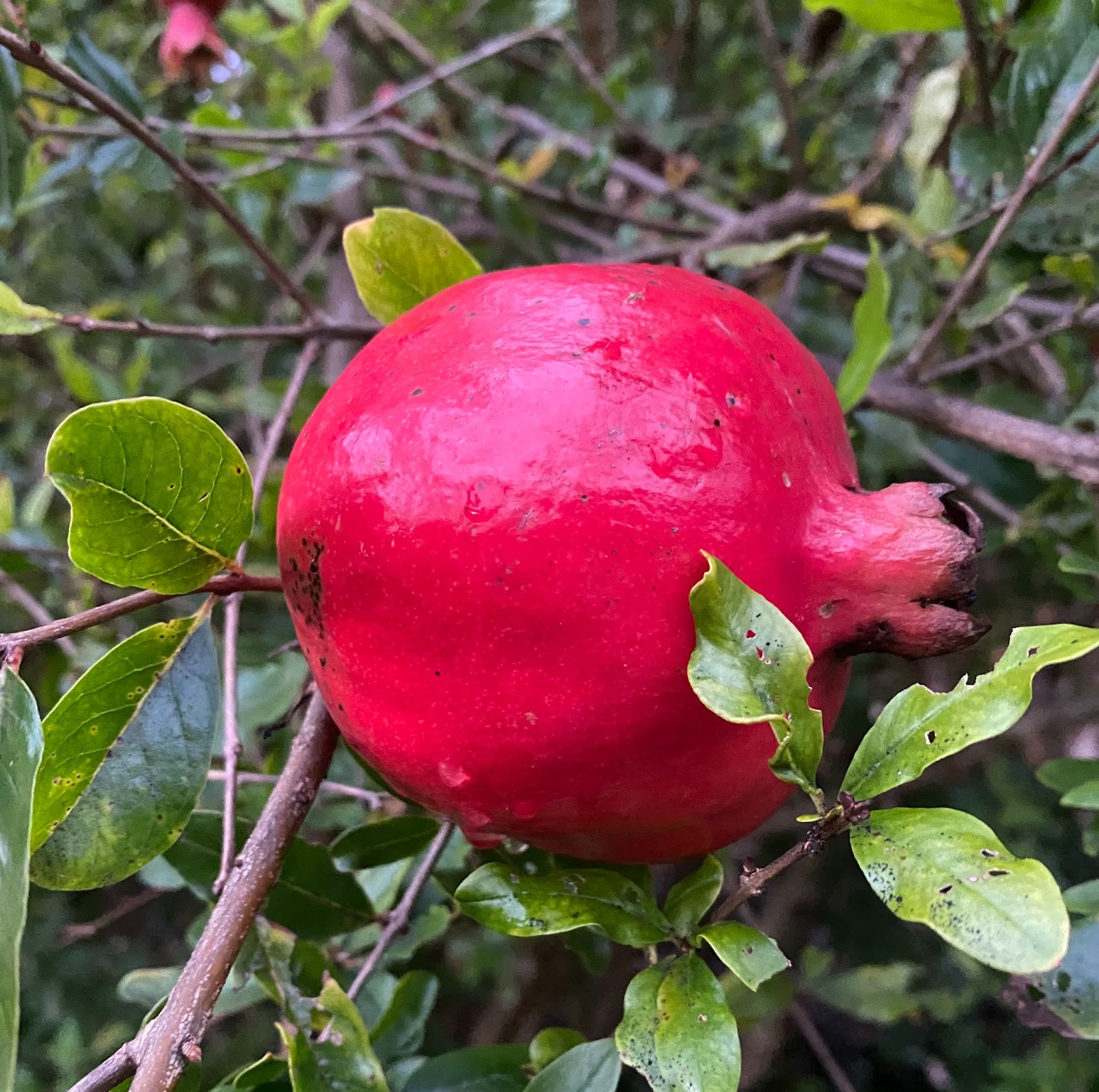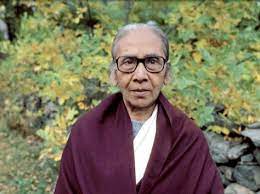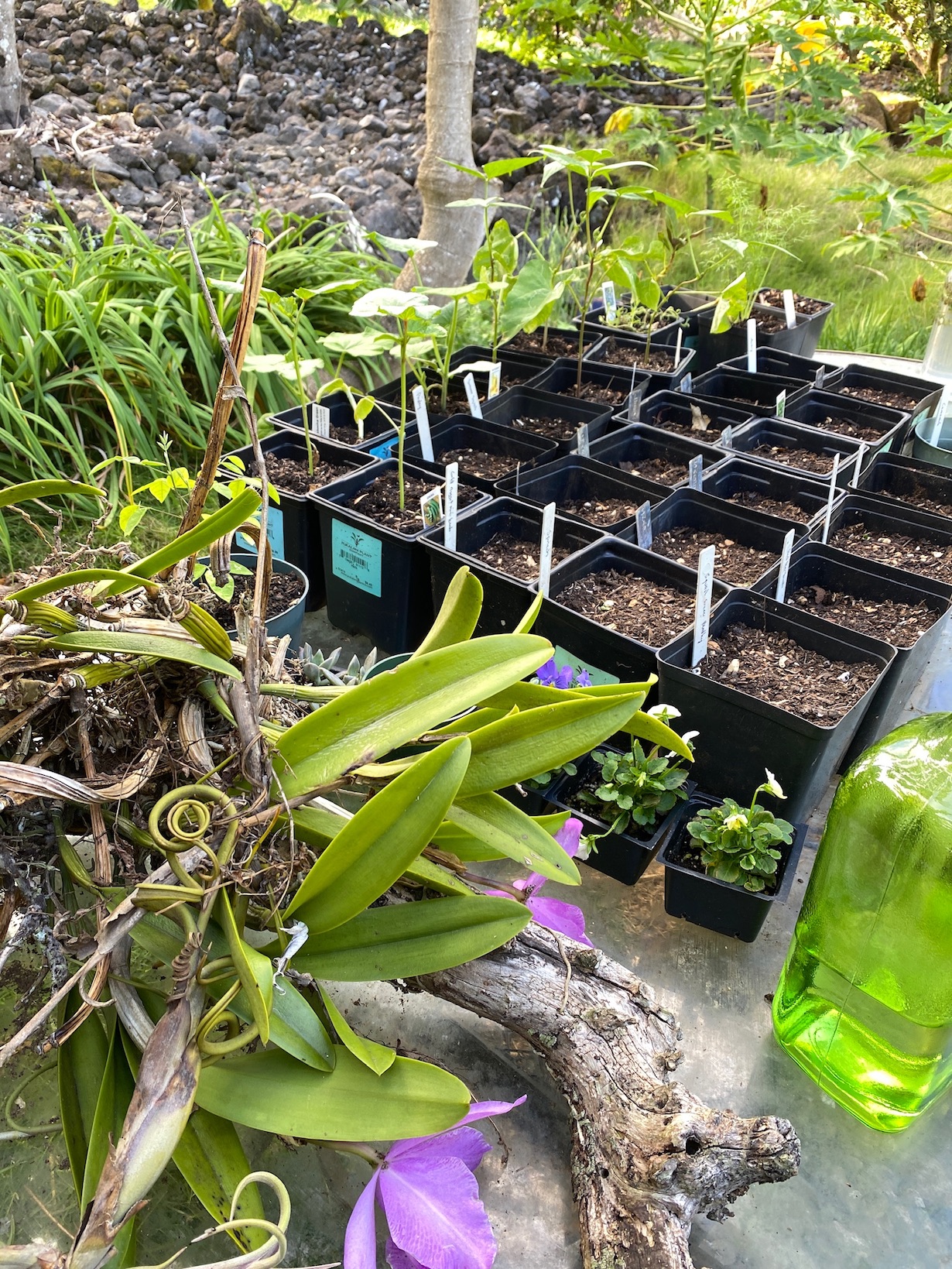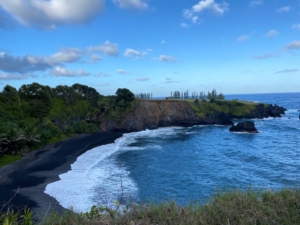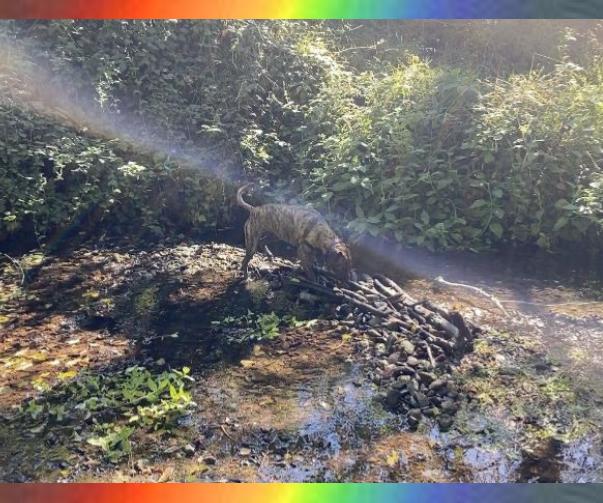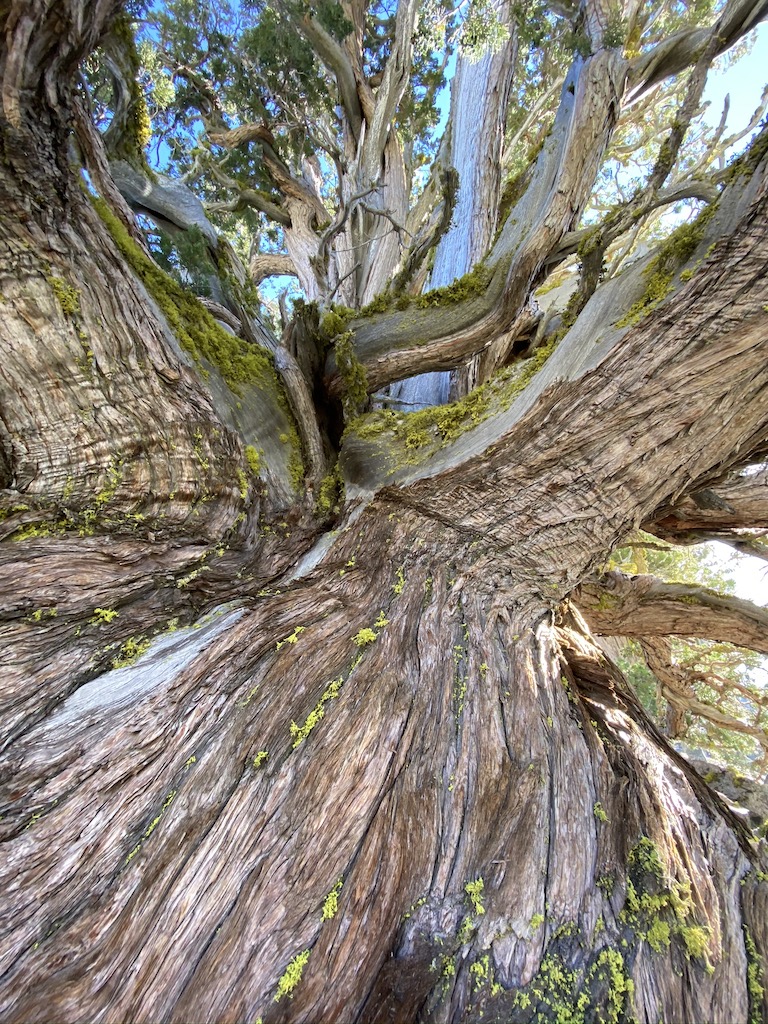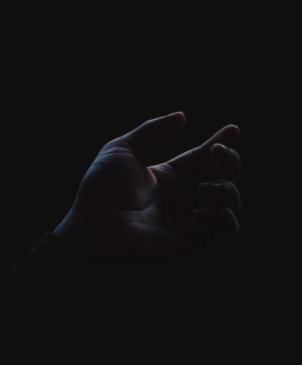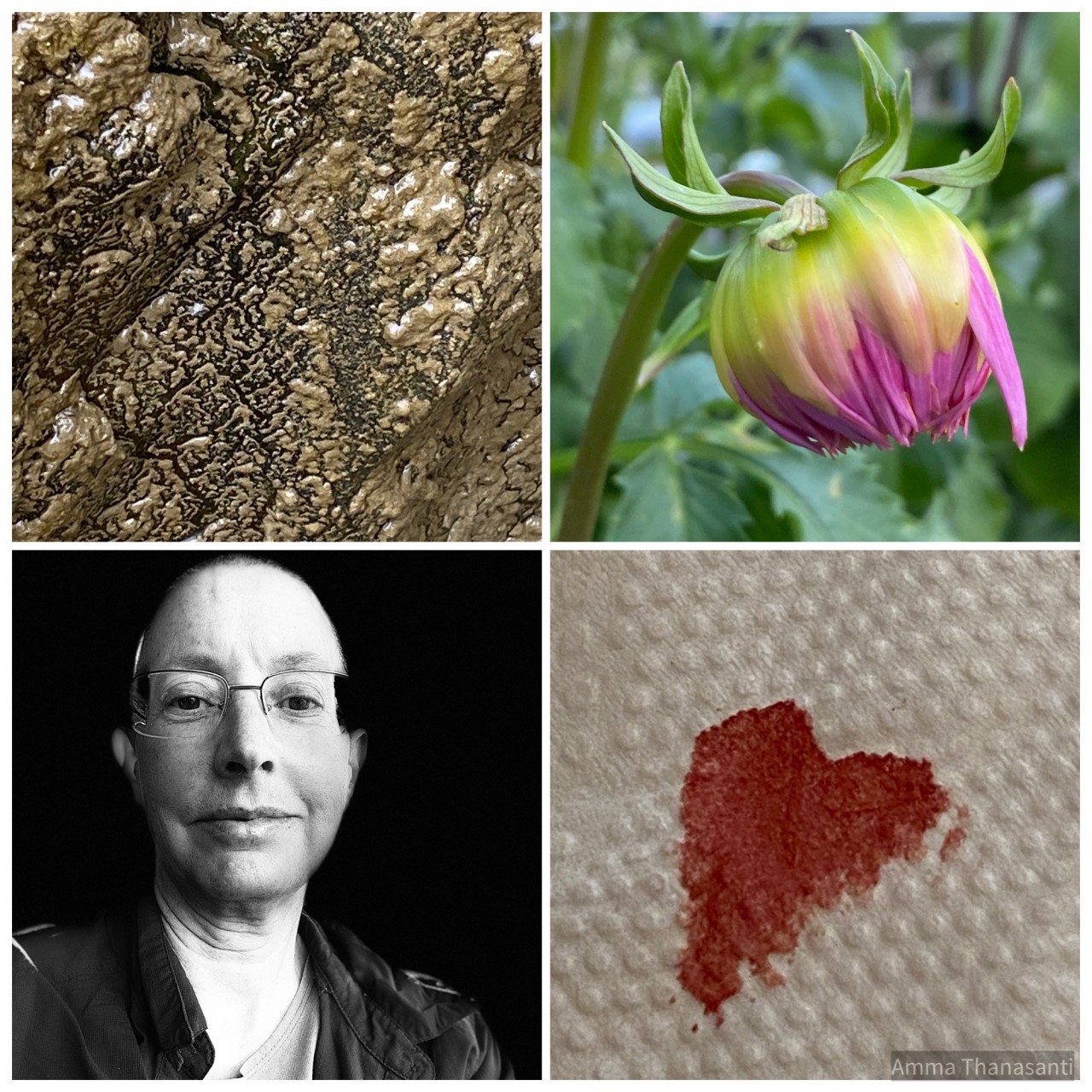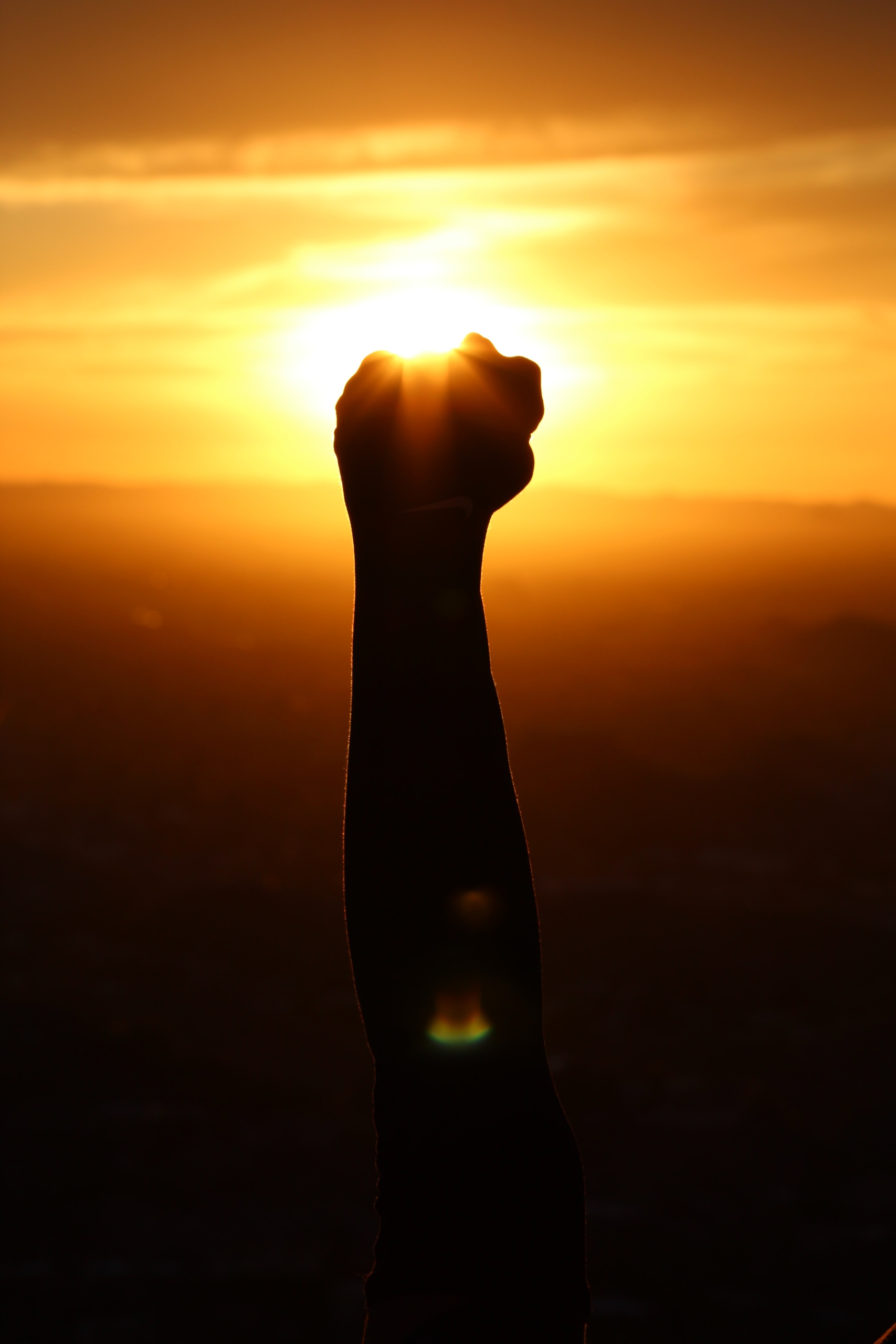Born March 25, 1911
Died September 1, 1989
I first heard about Dipa Ma while I was a student in the seventies going to university. I was taking a course with Jack Engler. The stories he told about the depth of Dipa Ma’s suffering and level of transformation from meditating left a deep impression on me. I had a strong aspiration to meet her. When I finally did, the love I experienced from her changed me.
Now, 32 years after she died, globally we are dealing with Covid, climate chaos, racial capitalism and the manifold pandemics of oppression – racism, homophobia, sexism and xenophobia to name a few. Many are experiencing anxiety, overwhelm and PTSD. Dipa Ma experienced multiple losses and crushing grief, and was severely impacted physically, things that many of us are dealing with directly or support loved ones who are. I share some of what I learned from this remarkable woman in honor of her death anniversary and in celebration of her radical transformation and freedom in life.
Dipa Ma was born in Bangladesh with the given name Nani Bala Barua. According to the customs of the time, Dipa was married at the age of twelve to Ranjani Ranjan. One week after she was married, Ranjani went to Rangoon, Burma where he worked as an engineer, leaving Dipa alone to live with his family. At the age of fourteen she joined her husband. Dipa was unable to have children, which naturally is a source of deep sorrow for any couple trying to conceive. In that culture, it was a family catastrophe.
Ranjani’s family summoned him home under false pretenses and tried to convince him to abandon his wife for another who could bear him a child. Ranjani refused stating he had not married Dipa for her ability to have children. Even though her husband solidly stood by her side, there must have been impact from her in-laws’ betrayal.
Sometimes life can be stranger than fiction. After 20 years of marriage a child was born to Dipa and Ranjani. Her status shifted from person-non-grata to being a mother. Then, tragically, that child died. She survived the grief, but it took a toll. Some years later another child was born who was named Dipa – Dipa Ma means Dipa’s mother. From then on that’s what everyone called her. A third child, a male child was born. He died soon after birth. Not only did she lose another child, but she lost a male child that compounded her loss of status. All of this loss caused Dipa Ma to collapse. Ranjani was a kind, attentive and loving man but the increased need to care for Dipa as a toddler and Dipa Ma took its toll. Ranjani died unexpectedly from a heart attack.
Within a ten-year period Dipa Ma had experienced the death of both parents, her two children, her husband, and a severe decline in her own health. She was a single mother in Burma, a foreign country, living far away from her family.
Dipa Ma had grown up joining her grandmother’s regular trips to the monastery offering food to the monks. As a child she was very interested in meditation. When married she would ask for permission to go to the monastery to learn meditation. She was repeatedly told no, that it was not the right time.
After all of this loss, she had no desire for anything including life. The doctors told her there was nothing more they could do to help her health. However, the thought that meditation may be able to help her was one thing she clung to. When her body and spirit were broken, she found her way to the meditation center in Rangoon. She crawled up the steps on her hands and knees to the front doors.
Her meditation practice progressed rapidly. Within a few days she experienced deep absorption. She was walking, and suddenly found that she couldn’t lift her leg. When she looked down, she saw a dog biting her lower leg. Her concentration cancelled the pain. She required treatment. The combination of the treatment and the injury took time to recover.
During that time, she couldn’t return to the meditation center and receive instruction. So, like all of us in Covid lockdown, but without Internet and Zoom, she practiced at home. Her meditation continued to deepen. Eventually her meditation led to realization –where anger and unwholesome desire are uprooted from the mind. With realization, she experienced transformation. She began sickly as a broken, dependent woman. She emerged radiant, peaceful, calm, independent, deeply loving and available to others. She wasn’t suffering.
In addition to her deep wisdom and compassion, Jack also spoke of the special abilities Dipa Ma developed. He gave us detailed accounts of how everything that he witnessed was verified. If I didn’t trust Jack so deeply, I would have dismissed these stories outright.
Dipa Ma could be in two places at once and walk through walls. She could remember past lives and go back to the time of the Buddha and listen to what he was saying. She could travel into the future and hear what was being said and visit the different realms of existence. Hard to believe. I had grown up with an idealized image of a powerful woman as one who jumped into a pickup truck with a chainsaw and could get hard work done. Even though she had attained some of the deepest levels of realization and had all of these psychic abilities, the main quality radiating from Dipa Ma was love. Love was Dipa Ma’s superpower.
When I finally did get to meet her, nine years after first hearing about her, I felt as if I was in a vast ocean that was still, timeless, and suffused with everything. It was as if she could see me clearly and nothing was excluded or judged. Every part of me felt embraced and accepted. The love that I felt was all encompassing. Nothing I had experienced had touched me like that before.
Dipa Ma had a lot of spiritual power. She was able to make use of the meditation tools that were given to her. Many of us right now are experiencing elevated levels of anxiety and trauma that require support before we can make use of traditional meditation tools. We have to soothe our nerves in order to sit, close our eyes, and feel our body. The main point of sharing the story about Dipa Ma now is that she too was desperate, heartbroken and in profound despair. There are trauma informed meditation supports that help with what we are dealing with. The level of despair we may experience does not limit what is possible.
This video of Dipa Ma shows the power of her love.
May we find our own path of transformation. May we be free from fear, anxiety, desperation, helplessness. May we know who we are beneath all that changes. May we know love, feel it and recognize it as who we are and what we are made of. May we have all the support we need to be free
Websites:Dipa Ma Website: http://www.dipama.com contains many photos of Dipa Ma
Facebook group: https://www.facebook.com/nanibalabarua/
Books:
